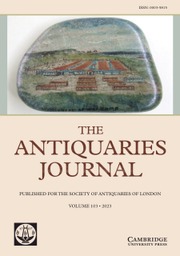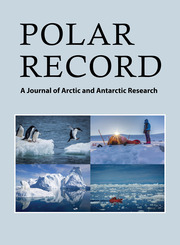Primates Face to Face
As our closest evolutionary relatives, nonhuman primates are integral elements in our mythologies, diets and scientific paradigms, yet most species now face an uncertain future through exploitation for the pet and bushmeat trades as well as progressive habitat loss. New information about disease transmission, dietary and economic linkage, and the continuing international focus on conservation and primate research have created a surge of interest in primates, and focus on the diverse interaction of human and nonhuman primates has become an important component in primatological and ethnographic studies. By examining the diverse and fascinating range of relationships between humans and other primates, and how this plays a critical role in conservation practice and programs, Primates Face to Face disseminates the information gained from the anthropological study of nonhuman primates to the wider academic and non-academic world.
- Examines the rich and diverse connections between human and nonhuman primates
- Contains up to date case studies of ongoing conservation crises in Africa and Asia
- Examines the bushmeat issue and discusses the controversy over the uses of primates in medical research
Reviews & endorsements
"A valuable resource..." American Journal of Human Biology
"As prominent primatologist Karen Strier points out in the forward, this book can be seen as addressing a question opposite from the one normally asked: "What can anthropology contribute to primatology?" This book does an excellent and comprehensive job of addressing this question from a variety of often-conflicting perspectives." Choice
Product details
February 2002Hardback
9780521791090
360 pages
229 × 152 × 24 mm
0.7kg
33 b/w illus. 9 tables
Available
Table of Contents
- Foreword Karen Strier
- Introduction Agustin Fuentes and Linda D. Wolfe
- Part I. Science and Nonhuman Primates:
- 1. Anthropology and Primatology Phyllis Dolhinow
- 2. Resistance to the cross-species perspective in anthropology Mary M. Pavelka
- 3. The ethics and efficacy of biomedical research in Chimpanzees with special regard to HIV research Roger S. Fouts, Deborah H. Fouts and Gabriel S. Waters
- Part II. Cultural Views of Nonhuman Primates:
- 4. Introduction to section Agustin Fuentes and Linda D. Wolfe
- 5. Monkey as food, monkey as child: Guaja symbolic cannibalism Loretta A. Cormier
- 6. Ethnoecology of monkeys among the Bari of Venezuela: perception, use and conservation Manuel Lizzaralde
- 7. Primates in Matsigenka subsistence and world view Glenn Shepard
- 8. Monkey King in China: basis for a conservation policy Frances Burton
- 9. Local population, conservation efforts and the mountain gorillas of Rwanda Pascale Sicotte and Prosper Uwengeri
- Part III. Conservation of Nonhuman Primates:
- 10. Introduction to section Agustin Fuentes and Linda Wolfe
- 11. Monkeys, humans and politics in the Mentawai Islands: no simple solutions in a complex world Augustin Fuentes
- 12. Conservation must pursue a human-nature biosynergy in the era of social chaos and bushmeat commerce Anthony L. Rose
- 13. A cultural primatological study of Macaca fascicularis on Ngeaur Island, Republic of Palau Bruce Wheatley, Rebecca Stephenson, Hiro Kurashina and Kelly Kautz
- 14. Monkeys in the back yard: encroaching wildlife and rural communities in Japan David Sprague
- Part IV. Local Economics: Goverment Actions and Nonhuman Primates:
- 15. Introduction to section Agustin Fuentes and Linda Wolfe
- 16. The primatologist as minority advocate Ardith Eudey
- 17. Monkey Business? The conservation implications of macaque ethnoprimatology in southern Thailand Lesley E. Sponsel, Nukul Ruttanadakul and Poranee Natadecha-Sponsel
- 18. Rhesus macaques: a comparative study of two sites, Jaipur, India and Silver Springs, Florida Linda Wolfe.








